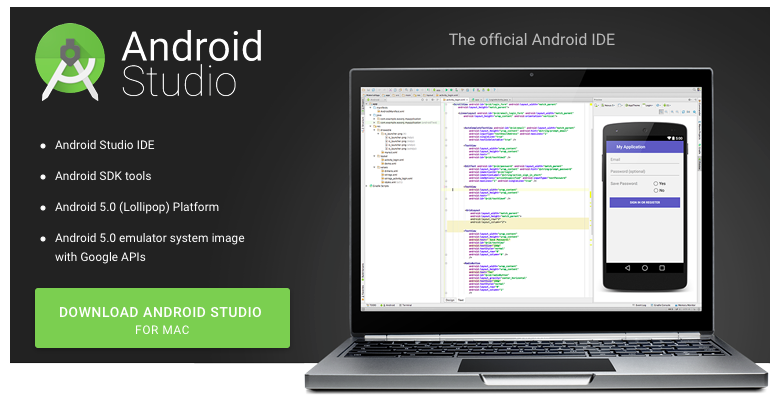

Thus, the lazy engineer asks, “is there a way to do this only once?”Īs you would probably expect, the answer is yes. Unfortunately, running UI tests on a CI or setting up a host of CIs for your team’s use, caters neither to the visual user nor to the prospect of doing something just once. Point and click solutions often work well for the visual user or in cases where a one-time setup is all that is necessary to bootstrap a configuration for later use. Find out more.When it comes to setting up the Android emulator on a computer, most online tutorials start with “Download Android Studio.” Subsequent steps explain how to use the interface to pick the API and device profile before finally creating the AVD.
Choose a existing hardware profile, import or create new oneīuilding an AOSP system image Qt Android Apps UtilsĪvailable under certain Qt licenses.  Start AVD Manager, select Create Virtual Device.
Start AVD Manager, select Create Virtual Device. 
Step-by-step guide to start emulator with AVD Managerįor AVD management in Qt Creator see Managing AVD in Qt Creator.
Remember to keep correct ABI names across apps, paths and configuration files like x86 or x86_64.  You should have following folder structure: /system-images/android-29/android-automotive/x86. Extract sdk-repo-linux-system-images-eng.zip archive from the version you choose to /system-images/android-29/android-automotive. Find, usually it's in one of the following directories, depending on the machine's OS:. Android SDK 29 and Android Tools installed. Below is the diagram of the Android Emulator's high-level architecture. The AVD contains the full Android software stack and it runs as if it were on a physical device. The Android Emulator runs the Android operating system in a virtual machine called an AVD. Android Emulator allows you to emulate Android devices on Windows, macOS or Linux machines.
You should have following folder structure: /system-images/android-29/android-automotive/x86. Extract sdk-repo-linux-system-images-eng.zip archive from the version you choose to /system-images/android-29/android-automotive. Find, usually it's in one of the following directories, depending on the machine's OS:. Android SDK 29 and Android Tools installed. Below is the diagram of the Android Emulator's high-level architecture. The AVD contains the full Android software stack and it runs as if it were on a physical device. The Android Emulator runs the Android operating system in a virtual machine called an AVD. Android Emulator allows you to emulate Android devices on Windows, macOS or Linux machines.








 0 kommentar(er)
0 kommentar(er)
